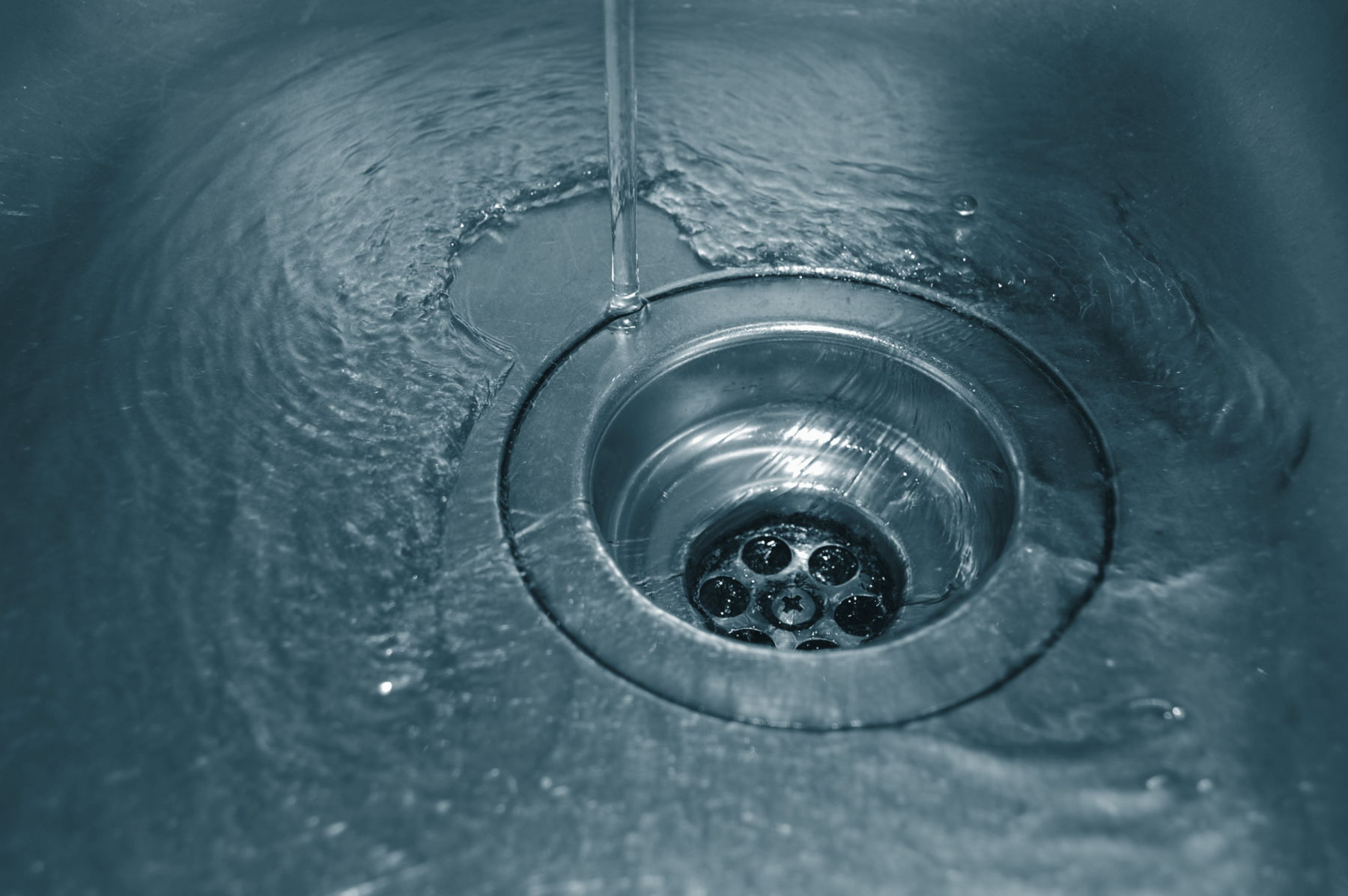While the surgeon general hasn’t taken up labeling water heaters as possibly harmful to your health, they may be. In fact, any of the many components that make up a home’s plumbing system are rife with the possibility of breeding Legionella pneumophila, the rod-shaped bacteria responsible for Legionnaires’ disease, according to a report at usnews.com.
The bacteria
Legionella is found naturally in freshwater environments, according to the Centers for Disease Control and Prevention (CDC). It most often causes disease, however, when it grows in “human-made water systems,” such as hot tubs, swimming pools, ice-making machines, landscape water features, water heaters, showers and faucets.
Stagnant warm water (at a temperature between 68 and 120 degrees Fahrenheit), that contains sufficient biodegradable compounds, is the condition that most favors growth of the bacteria, according to a study by the American Society for Microbiology.
Furthermore, temperatures of 90 to 105 degrees are the ideal range for the bacteria’s growth. Rust, scale, “and the presence of other microorganisms can also promote the growth of LDB,” warns the experts at the U.S. Occupational and Safety Health Administration (OSHA).
“It will grow anywhere in the piping system where conditions are favorable for growth,” Ron L. George, president of Plumb-Tech Design & Consulting Services in Michigan tells, U.S. News’ Devon Thorsby.
The disease
Legionnaires’ disease, a lung disease and specific form of pneumonia, is tricky to diagnose because it presents with flu-like symptoms. It is particularly deadly to smokers, those with compromised immune systems and those in poor health. Although the large outbreaks get all the media attention, OSHA estimates that between 10,000 and 50,000 Americans are hospitalized each year for the disease.
Those who come down with Legionnaire’s disease were exposed to the bacteria by inhaling airborne water droplets that contain the bacteria (such as in the shower) or drinking water contaminated with it.
How the bacteria reaches your home
The water crisis in Flint, Michigan was a wakeup call to the entire country: don’t assume that your tap water is safe.
Thorsby warns that “Federal water conservation bills passed beginning in the 1990s have slowed the speed of water [to our homes], making travel time from a treatment plant to the end of the line longer. It went from as quickly as two days to as long as two weeks, in some cases . . .”
Why is this slowdown a problem? Municipal water systems purify water with chlorine, which decays quickly, diminishing by the time it reaches your home. If the chlorine content is negligible at this point, water in the lines “ . . . could become more vulnerable to picking up contaminants from pipe corrosion, interruptions like water main breaks and other incidents that could introduce toxins into the water,” Thorsby cautions.
How to protect yourself
The best way to ensure that Legionella is destroyed is by controlling the temperature of your water heater, according to OSHA. Set and maintain the temperature at 140 degrees.
Of course, this temperature introduces the danger of scalding, which can be minimized with the use of thermostatic mixing valves, according to the experts at Plumbing and Mechanical magazine. “Replacing standard faucet and shower fixtures with thermostatic mixing valves may allow a homeowner to maintain hot water at 140-degree F from the water heater to the mixing valve, but deliver water at a lower temperature to reduce the risk of scalding.”
Next, you’ll need to eliminate the bacteria’s food sources, such as scale and sediment. Something as simple as replacing your electric water heater with a gas model takes care of this requirement, according to the magazine. Not only do electric water heaters tend to have lower temperatures than their gas counterparts, but their heating elements are typically located on the side of the unit. Gas heaters, on the other hand, heat the water from below the tank, where sediment builds up, thereby destroying the bacteria’s major food source.
If that doesn’t convince you to ditch the electric water heater, consider a Canadian study of 211 homes, 178 of which had electric water heaters. The study found that 69 of these homes, or 33 percent, harbored Legionella. None were found in the homes with gas water heaters.
Regardless of which type of water heater you have, it needs to be drained and fully cleaned (not just flushed out) once a year.
Buying a vacant home?
Foreclosure and other vacant homes are perfect breeding grounds for Legionella. Since the plumbing system hasn’t been used, the water in the heater has been stagnant and, most likely, not hot enough to prevent the bacteria’s reproduction. The same holds true for the pipes in the system.
NSF International, a product testing, inspection and certification organization in Michigan, recommends that vacant home buyers flush the plumbing system with “superheated” water. In fact, they recommend that all homeowners perform this flush once a month.
- Set the water heater thermostat to its hottest setting.
- Turn on the water at each tap and allow them to run for 30 minutes. “If your water heater doesn’t have the capacity to flush all taps simultaneously (most home water heaters don’t), flush one or two taps at a time for 15 minutes, beginning with those closest to the water heater and ending with the farthest taps,” the experts at NSF recommend.
- Run the dishwasher and washing machine at their hottest settings.
Don’t forget to lower the temperature after the flush’s conclusion. NSF cautions that “only nonsmokers in generally good health” perform the flush, that children and those with compromised immune system leave the house during the procedure and that the flow from each faucet should be regulated to avoid splashing.
Powered by WPeMatico




